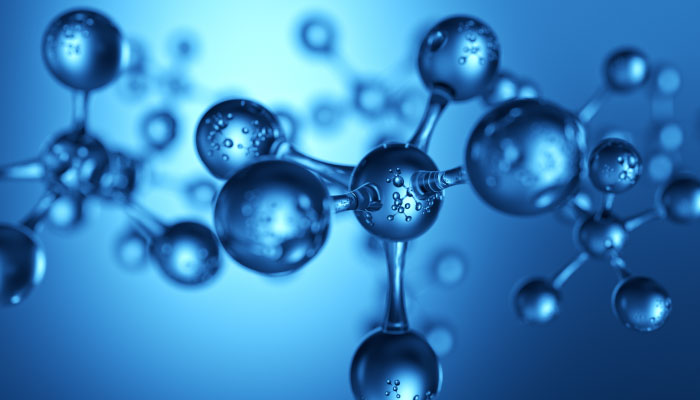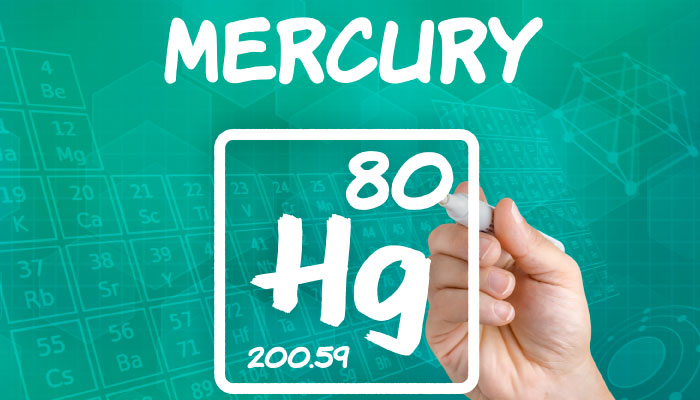Molecular degradation has the capacity to affect a wide range of plastics through thermal oxidation, hydrolysis, ultraviolet radiation, chain scission and destructive crosslinking. Engineers involved in design, plastics, materials, manufacturing and quality work, as well as designers, manager, chemists, polymer scientists and lab techs, need to be aware of how plastics can be affected by molecular degradation and how that degradation can results in substantial financial cost.
Jeffrey A. Jansen, a senior managing engineer and partner at The Madison Group, recently detailed molecular degradation in a conference for AudioSolutionz. Jansen has worked on polymer-related problems for 23 years and has performed more than 3,500 investigations for industrial clients and for litigation.
Plastic Degradation and the ‘Bathtub’-Shaped Curve
Molecular degradation occurs through one of six methods, Jansen said:
- Compounding: exposure to shear-induced heating while additives are added to a compound
- Drying: exposure to an extreme time and temperature profile in the drying hopper
- Processing: insufficient drying of the resin before injection molding
- Storage: exposure of polymeric tubing to sunlight before installation
- Installation: elevated temperatures during welding
- Service: contact with an aggressive acid or alkaline cleaning chemical agent
Degradation typically follows a bathtub-shaped curve – there is a higher chance of failure soon after production, typically due to degradation prior to or during processing, and elevated occurrences due to natural aging at the end of the life cycle, but relatively few random failures during the normal life span of the product.
Plastic’s Nemesis: Cracking
Cracking is a chief failure point for plastics, Jansen said, adding that cracking is the “disentanglement mechanism in which polymer chains slide past each other.” Stresses involved in cracking include Van der Waals forces, London dispersion forces, hydrogen bonding and dipole interactions. In sum, cracking is a response to stress:
- Cracking is a stress release
- Ductile fracture is a bulk molecular response through yielding
- Brittle fracture is a localized molecular response where disentanglement is more likely than yielding
Thermal oxidation is a key method of polymeric material degradation and happens after contact with a chemical oxidizer and when oxygen is introduced into the molecular structure of the polymer. Thermal oxidation follows the Arrhenius Rate Law – the rate of degradation reaction increases with increasing temperatures. Energy in the form of ambient heat drives the reaction.
Jansen noted that:
- Most polymers undergo thermal oxidation
- Oxidation takes place through free radical formation
- A chemical reaction which results in oxygen working into the material’s backbone structure creates carbonyl structural groups
And what are oxidation’s effects? Jansen said they include:
- Loss of molecular weight – embrittlement, loss of mechanical integrity, cracking and catastrophic failure
- Conjugation – discoloration and loss of gloss and transparency
- Foul odor generation through the evolution of volatiles
- And loss of dielectric properties through carbonyl formation
Preventing Plastics Failures
While molecular degradation isn’t an issue that will be solved any time soon, engineers and those working with plastics can better confront this problem if they’re armed with facts and ingenuity.
Some of the ways Jansen said plastics failures can be avoided include using stabilizers to prevent degradation, testing to assess the level of degradation, and understanding and anticipating potential molecular degradation to prevent premature failure.




